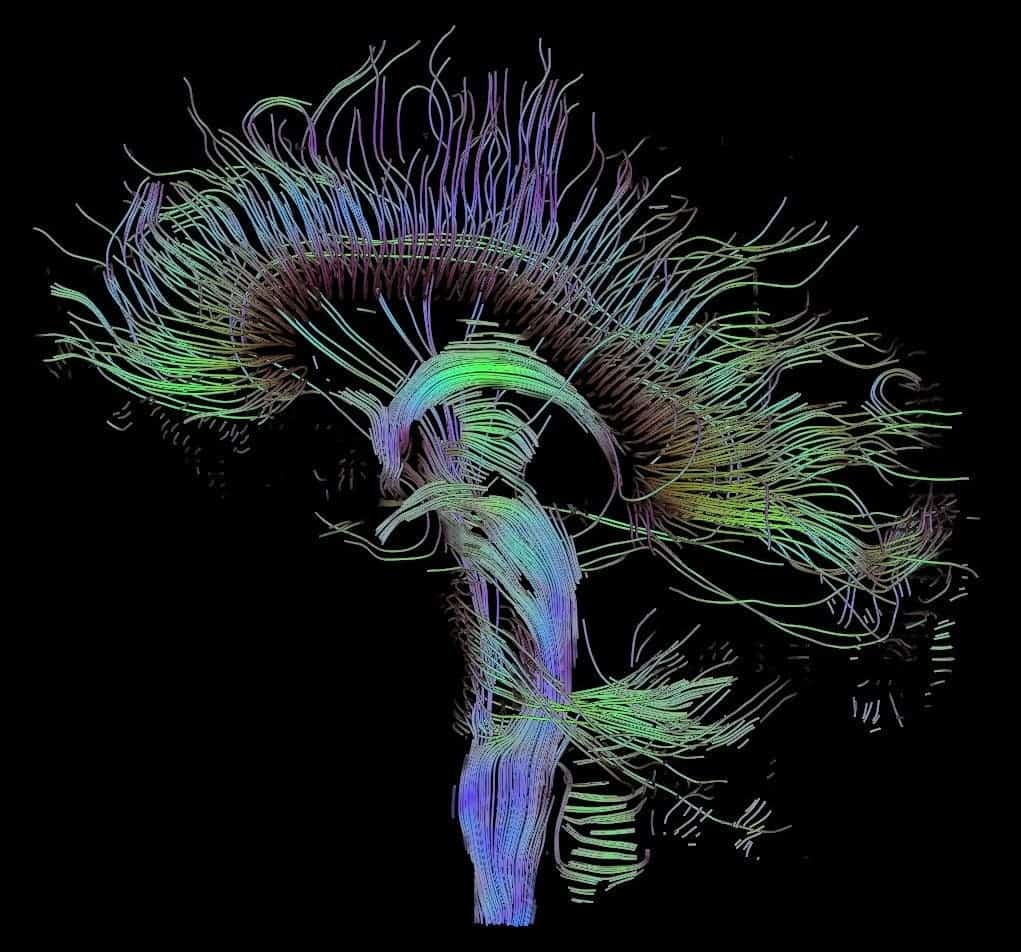There’s quite a great deal of research focused on cognitive functions associated with various brain activity patterns. Not nearly enough attention has been given to how differences in the brain may trigger different emotional responses. In a new study, researchers at the University of Utah have filled in the blanks, revealing that overconectivity between two important brain networks may make individuals more prone to engage in physical aggression.

The team of researchers led by Jeff Anderson, a professor of radiology and imaging sciences at the University of Utah, employed a dataset from the Human Connectome Project. The dataset includes both the brain activity and behavioral data of 1,003 healthy human subjects. The project also measured the subjects’ age, IQs, and emotional health.
What was particularly valuable about this dataset is that the brian connectivity information was recorded using two magnetic resonance imaging (MRI) methods.
One is resting-state functional MRI, which analyzes brain activity while a subject is doing basically nothing, in contrast to responding to a stimulus such as noise or light. It’s using this method that, in 2001, neuroscientist Marcus Raichle and his colleagues at Washington University in St. Louis sparked widespread interest after they described a previously unknown brain network that appeared to play a key role in a baseline, or default, mode of the brain.
The other method, called diffusion MRI, analyzes the long-distance wiring of neurons in the brains — the various ‘highways’ the traverse the brain’s white matter.
The dual-method analysis revealed that anger and aggression were associated with crosstalk between the default network (more active when we are reflecting on our inner feelings, or doing ‘self-talk’) and another brain network which is more active when we’re focused on the outside world.
“When these two networks are too closely connected, it can lead to intrusive stimuli interrupting our thoughts, or not being able to shut off the voice in our head when we’re trying to pay attention to something outside of ourselves. Our results suggest that this configuration may be more associated with attitudes relating to anger,” Anderson told PsyPost.
The study was correlative in nature, meaning that the researchers were not able to draw any cause-and-effect relationships. This is why it’s not clear at this moment whether differences in how these two brain networks are wired cause elevated feelings of anger and aggression, or if these differences reflect something else. A subsequent study might answer this question, which may lead to novel therapies for those seeking to improve their anger and aggression management.
“It is exciting after so many years studying brain health and function using imaging that we are now getting to the point where deeply meaningful questions about emotional health may finally be studied,” Anderson said.
“There are now powerful techniques that can resolve very subtle differences in the brain and begin to understand why we wrestle with different emotional challenges, and how we might be able to manage them most effectively.”
The findings appeared in the journal Psychiatry Research: Neuroimaging.






